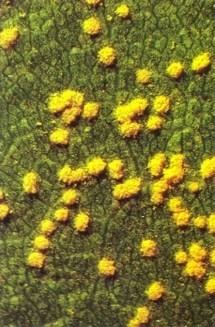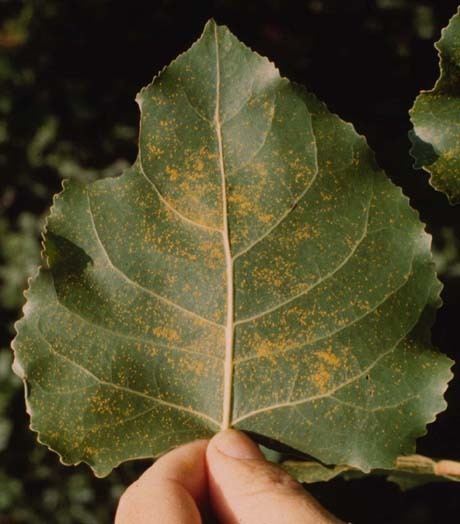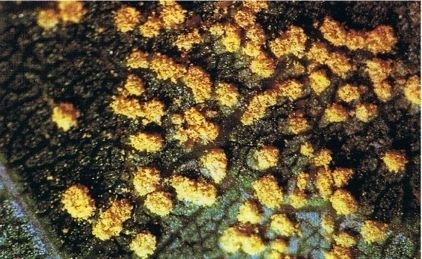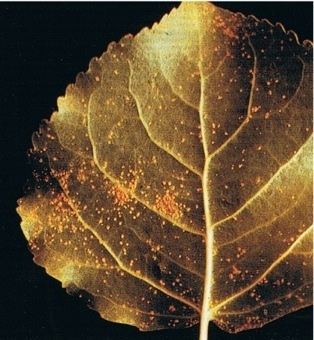Kingdom Fungi Class Urediniomycetes Order Uredinales | Phylum Basidiomycota Subclass Incertae sedis Rank Species | |
 | ||
Similar Melampsora, Melampsora laricis‑populina, Septoria musiva, Cronartium, Thecaphora solani | ||
Melampsora medusae is a fungal pathogen, causing a disease of woody plants. The infected trees' leaves turn yellowish-orange. The disease affects mostly conifers, e.g. the Douglas-fir, western larch, tamarack, ponderosa, and lodgepole pine trees, but also some broadleaves, e.g. trembling aspen and poplars. Coniferous hosts are affected in late spring through early August, and trembling aspens and poplars from early summer to late fall. It is one of only two foliage rusts that occur naturally in British Columbia.

Life cycle
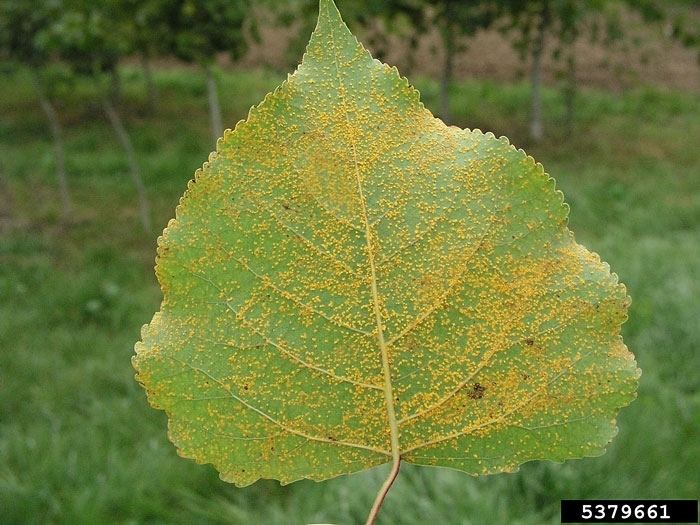
Symptoms usually are contained to a single year on conifers, shedding the affected needles in fall. To survive the winter Melampsora medusae remain as teliospores on the dead leaves of the host, coming back in the spring to be spread by the wind as basidiospores, and infecting new conifers. After about two weeks, aeciospores are produced on the coniferous needles. Those spores serve as inoculum for an infection in live trembling aspen and other poplar trees in another two weeks. Urediniospores are produced on the poplar leaves, where the infection spreads. Winter then comes, and the cycle begins again.
